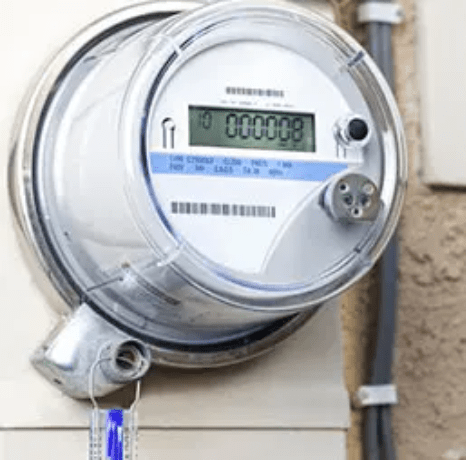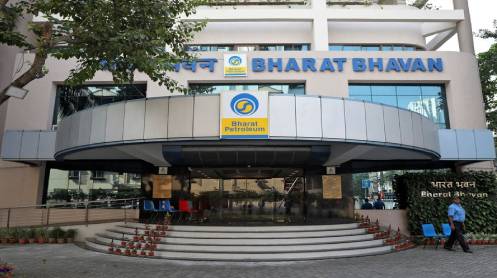Khyber Pakhtunkhwa and Balochistan on Wednesday expressed displeasure as their power generation projects were discarded from the 10-year Indicative Generation Capacity Expansion Plan (IGCEP) 2022-31.National Electric Power Regulatory Authority (NEPRA) on Wednesday held a public hearing on the petition of the National Transmission and Despatch Company (NTDC) to review and take comments from stakeholders on the IGCEP 2022-31.
The IGCEP 2022-31 is meant for adding 36,292MW of least cost electricity to the national grid in a decade and maximising the indigenous sources for energy security.
NTDC complained that despite written letters, the Finance Division and Pakistan Bureau of Statistics (PBS) did not provide the GDP projection data, which was why World Bank data was used for the projection of energy demands over the next decade.
NEPRA Chairman Tauseef H Farooqi presided over the proceedings, while members Rafique Ahmad Shaikh and Maqsood Anwar Khan were also present. Representative of the Balochistan government objected on the plan, and said the draft was not shared, while NTDC “jettisoned our projects”.
NTDC officials replied that overall 48 projects with capacity of 7,400MW have been discarded of the plan for not fulfilling merit.
NTDC said that for 100 percent electrification by 2030, an investment of $11 billion was required for developing the power grids and upgrading the transmission and distribution system.
Farooqi said that costly power generation was a major problem, and at the moment 65 percent of power was being generated from expensive fuels, mostly the imported kind. “We are going to add 8,000MW renewable energy over this period. If we had made such a plan in 2005, we would not be facing the costly fuel issues today,” he opined.
Expressing displeasure at NTDC for delaying the submission of the plan, he said, “Next year, if it was again delayed for even a day, NEPRA will take legal action.”
As per the Grid Code, NTDC is required to submit an annually updated IGCEP for NEPRA approval.
Approval of the first plan made history in September 2021. The IGCEP 2022-31 covers the generation capacity expansion planning in the country for a horizon of 10 years.
Future generation projects are selected on the basis of the least-cost option criteria, while prioritising the addition of projects based on clean and green sources of energy.
At the same time, power plants running on polluting and imported sources of fuel would be gradually phased out, so that the eventual energy mix was developed along the lines of sustainability and indigenisation.
NEPRA said that it would consider all the comments, observations and suggestions shared by the participants in the finalisation and subsequent approval of the IGCEP 2022-31.
As of June 2022, the total installed generation capacity of NTDC system was 37,949MW with 34 percent contribution by RE and 66 percent by thermal projects. RE comprises hydro, solar PV, wind and bagasse-based technologies while thermal projects include local gas, local coal, imported coal, residual fuel oil (RFO), RLNG, and nuclear-based technologies.
According to IGCEP 2022-31, in a normal GDP growth scenario, electricity peak demand is estimated at 41,338MW (NTDC 38,179MW and K-Electric 5,568MW) by 2030-31.
In low growth scenario, the peak demand is expected at 38,744MW (NTDC 345,836MW and KE 5,166MW), while in high scenario the peak demand rises to 44,668MW (NTDC 41,272MW and KE 5,998MW).
A significant quantum of 7,339MW of the existing thermal power projects is scheduled to be retired from the NTDC system and 682MW from the KE system during the planning horizon of the IGCEP 2022-31.
Major retirement of generation capacity for the IGCEP 2022-31 corresponds to RFO-based power projects, followed by local gas and then RLNG-based power projects. Seven RFO-based plants are to retire next year with a total capacity of 2,020MW for which the Cabinet Committee of Energy (CCoE) has given its approval.
These plants include Guddu-II U (5-10) (620MW), Jamshoro-I U1 (250MW), Jamshoro-II U4 (200MW), Muzaffargarh-I U1 (210MW), Muzaffargarh-I U2 (210MW), Muzaffargarh-I U3 (210MW) and Muzaffargarh-II U4 (320MW).
LNG-based KAPCO 3 (300MW) will retire in 2023, while KAPCO-1 (400MW) and KAPCO-2 (900MW) will retire in 2024. For these plants, the power purchase agreements (PPA) have been extended due to network constraints.
A total of 682MW of capacity is going to vanish from the KE system in the coming years due to retiring of power plants, including Gul Ahmed Energy Ltd (GAEL) 136MW and TPL (126MW). Interestingly, five-dozen 14,159MW committed renewable energy projects will be executed in 10 years.
In the year 2022-23, the installed capacity of the whole country from all generation sources is likely to be around 43,259MW as against the demand of 28,425MW. However, it is estimated that the installed capacity in 2030-31 will be 69,372MW as against the demand of 41,338MW. As much as 61 percent energy will be generated through RE sources and the remaining 39 percent from conventional thermal sources under the plan.






